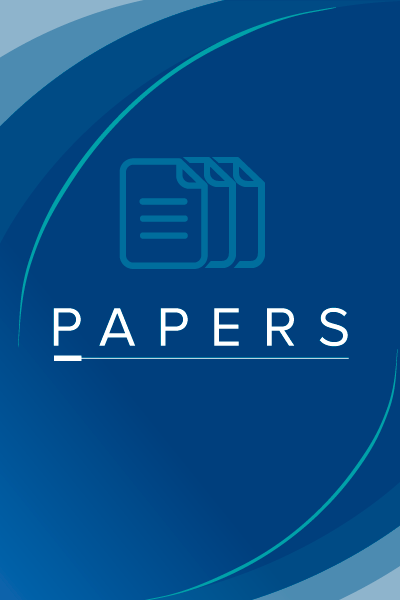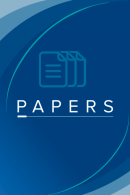
Insulin Reverses D-Glucose–Increased Nitric Oxide and Reactive Oxygen Species Generation in Human Umbilical Vein Endothelial Cells
| PROCEDENCIA(S): | Ciencias de la Salud. |
|---|---|
| CATEGORÍA(S): | Biología Celular, Biología del Desarrollo, Biología Molecular, Endocrinología y Metabolismo, Genética Humana, Genética y Herencia, Hematología. |
| AUTOR(ES): | Marcelo González / Susana Rojas / Pía Avila / Lissette Cabrera / Roberto Villalobos / Carlos Palma / Claudio Aguayo / Eduardo Peña / Victoria Gallardo / Enrique GuzmánGutiérrez / Tamara Sáez / Rocío Salsoso / Carlos Sanhueza / Fabián Pardo / Andrea Leiva / Luis Sobrevia. |
| TIPO DE MATERIAL: | . |
| ARCHIVO: |
 Reconocimiento CC BY. Esta obra está bajo una Licencia Creative Commons Reconocimiento CC BY 4.0 Internacional.
Reconocimiento CC BY. Esta obra está bajo una Licencia Creative Commons Reconocimiento CC BY 4.0 Internacional.
Vascular tone is controlled by the L-arginine/nitric oxide (NO) pathway, and NO bioavailability is strongly affected by hyperglycaemia-induced oxidative stress. Insulin leads to high expression and activity of human cationic amino acid transporter 1 (hCAT-1), NO synthesis and vasodilation; thus, a protective role of insulin on high D-glucose-alterations in endothelial function is likely. Vascular reactivity to U46619 (thromboxane A2 mimetic) and calcitonin gene related peptide (CGRP) was measured in KCl preconstricted human umbilical vein rings (wire myography) incubated in normal (5 mmol/L) or high (25 mmol/L) D-glucose. hCAT-1, endothelial NO synthase (eNOS), 42 and 44 kDa mitogen-activated protein kinases (p42/44mapk), protein kinase B/Akt (Akt) expression and activity were determined by western blotting and qRT-PCR, tetrahydrobiopterin (BH4) level was determined by HPLC, and L-arginine transport (0-1000 μmol/L) was measured in response to 5-25 mmol/L D-glucose (0-36 hours) in passage 2 human umbilical vein endothelial cells (HUVECs). Assays were in the absence or presence of insulin and/or apocynin (nicotinamide adenine dinucleotide phosphate-oxidase [NADPH oxidase] inhibitor), tempol or Mn(III)TMPyP (SOD mimetics). High D-glucose increased hCAT-1 expression and activity, which was biphasic (peaks: 6 and 24 hours of incubation). High D-glucose-increased maximal transport velocity was blocked by insulin and correlated with lower hCAT-1 expression and SLC7A1 gene promoter activity. High D-glucose-increased transport parallels higher reactive oxygen species (ROS) and superoxide anion (O2•-) generation, and increased U46619-contraction and reduced CGRP-dilation of vein rings. Insulin and apocynin attenuate ROS and O2•- generation, and restored vascular reactivity to U46619 and CGRP. Insulin, but not apocynin or tempol reversed high D-glucose-increased NO synthesis; however, tempol and Mn(III)TMPyP reversed the high D-glucose-reduced BH4 level. Insulin and tempol blocked the high D-glucose-increased p42/44mapk phosphorylation. Vascular dysfunction caused by high D-glucose is likely attenuated by insulin through the L-arginine/NO and O2•-/NADPH oxidase pathways. These findings are of interest for better understanding vascular dysfunction in states of foetal insulin resistance and hyperglycaemia.


